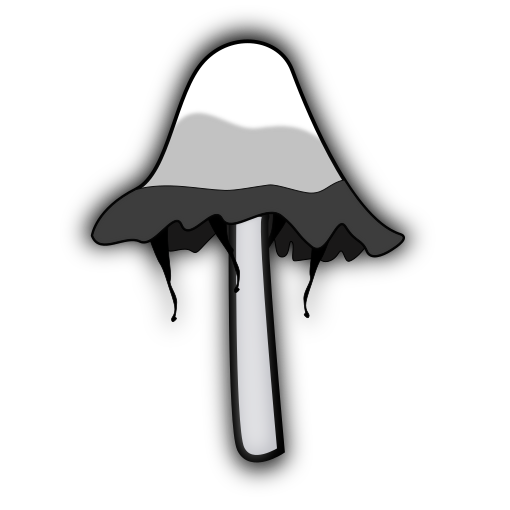Spotted this awesome cluster on a walk today and grabbed a couple, fairly certain they are Pleurotus ostreatus.
I’m going NO. Oysters grow on dead trees almost always. They do NOT cup upwards like this. They may be edible (I wouldn’t eat them), but they are not tan/white oysters in my opinion (and I’ve collected and eaten a LOT of white/tan and golden oysters).
Oysters do cup upwards, but only when they are about sporulate and not quite as drastic as the ones in this picture. It’s about the only way to tell that they are ready to harvest before they make a mess of your grow area.
Take this with a grain of salt obviously, but I put the image into a plant identification app and it came up with Lepista personata.
Matches the growing in grassy areas and cupping upwards properties from your picture.
Common in Europe and seems somewhat edible.
Hopefully you’ll get some experts chiming in. I am not. I just found your question interesting and did some searching.
The biggest thing I see to check is whether the gills run vertically *and extend into the stem. If the gills stop at the stem, avoid.
Edit: actually you may not need to avoid if the gills don’t run all the way. If they don’t, there’s a good chance they are Elm Oysters, but elm oysters are edible. I’m basing this info on the above link. It seems pretty clear that what you have aren’t the dangerous varieties listed on that page.
Thanks for the info! Here’s a shot with the gills. Looks like the safe variety to me too!

Not pleurotis species of any kind. It should have gill lines(don’t know proper term) running all the way down the stem. They also usually grow on wood not grass
I would generally agree, but 1) there may well be dead wood just under the grass and 2) these conditions may explain the atypical stem. Never fully trust ID by pic and opinions on the internet obviously but this looks very much like Pleurotus ostreatus to me. (Also because there aren’t many alternative candidates in my opinion.)
I agree. These are some sort of Pleurotus but I have a rule about atypical morphology and consumption. Long story but some P. cubensis and I had a long “talk” about mushroom identification and I promised to never eat any mushroom I could not be %100 about. They were very clear on the subject. Like they knew I might fuck up one day.
Looks right to my untrained eye. But I’m not eating them :)
Better pics on this site:
Compare to Pleurotus, growing from buried wood. The ones to rule out here would be the worrisome Clitocybe dealbata group



